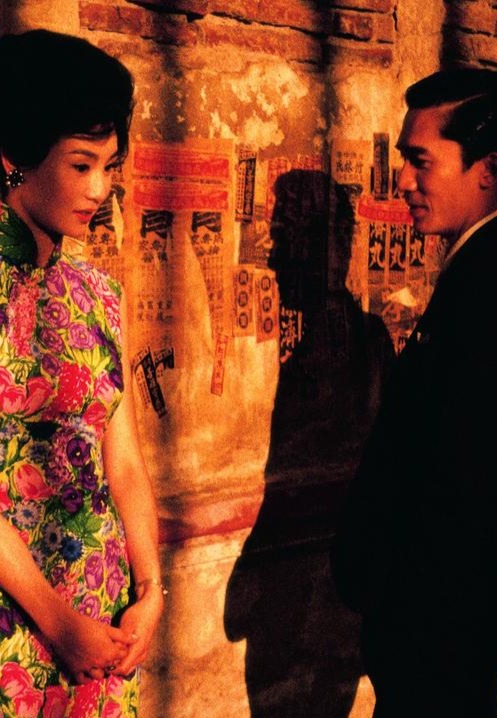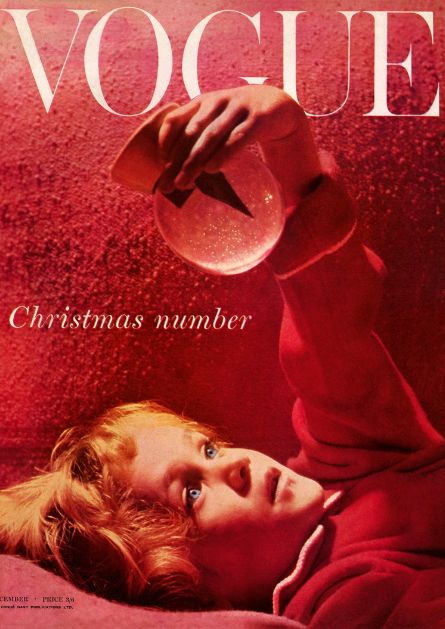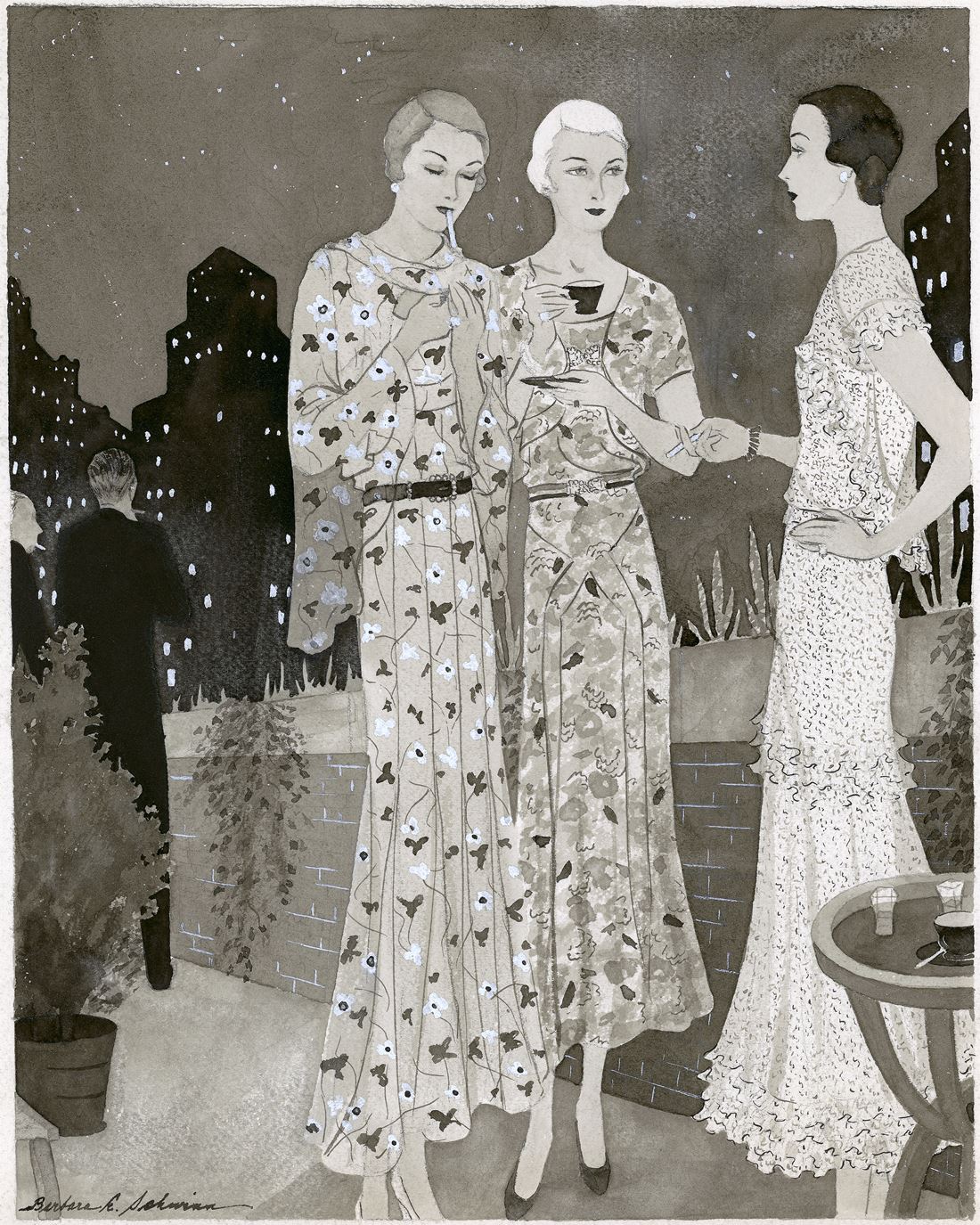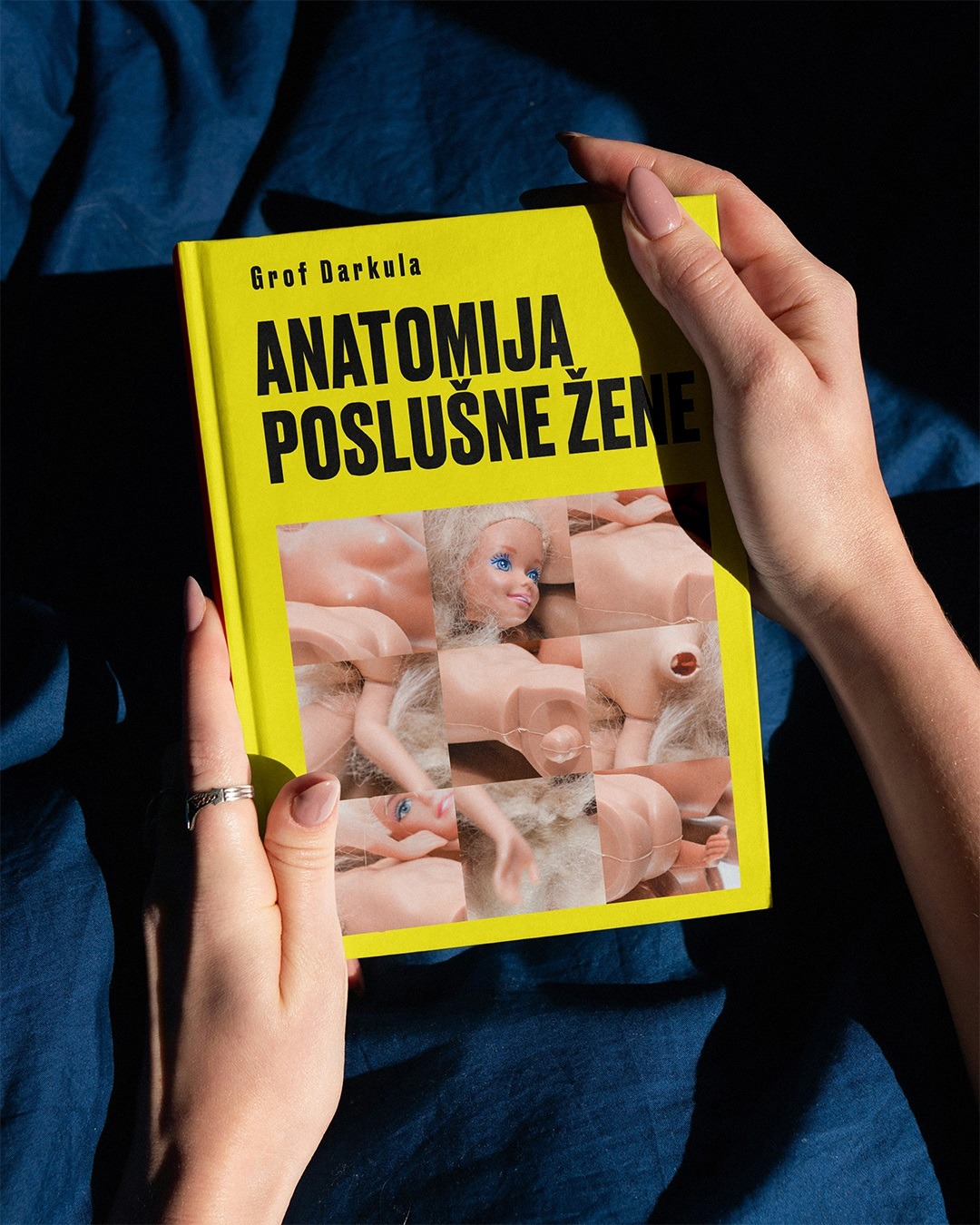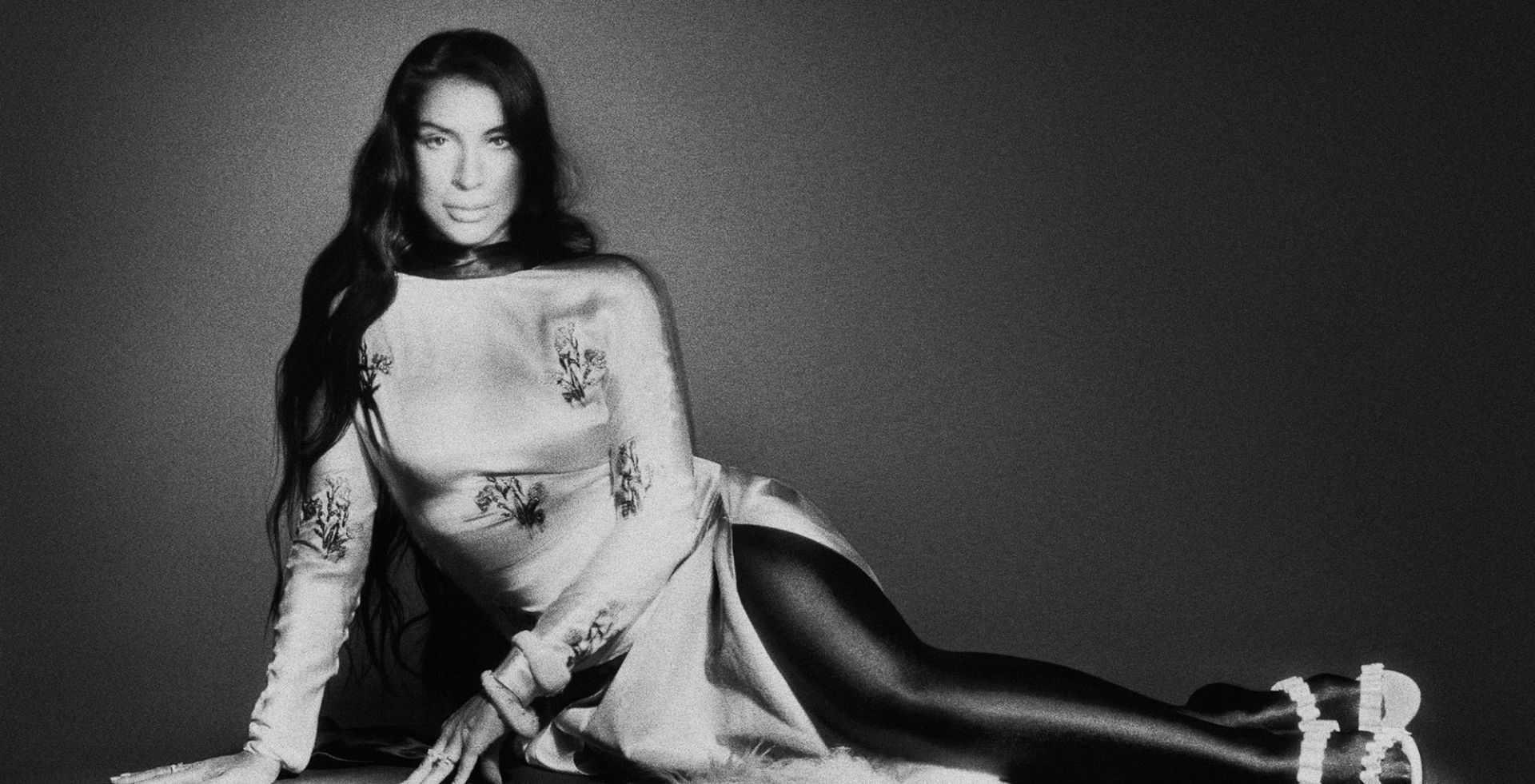
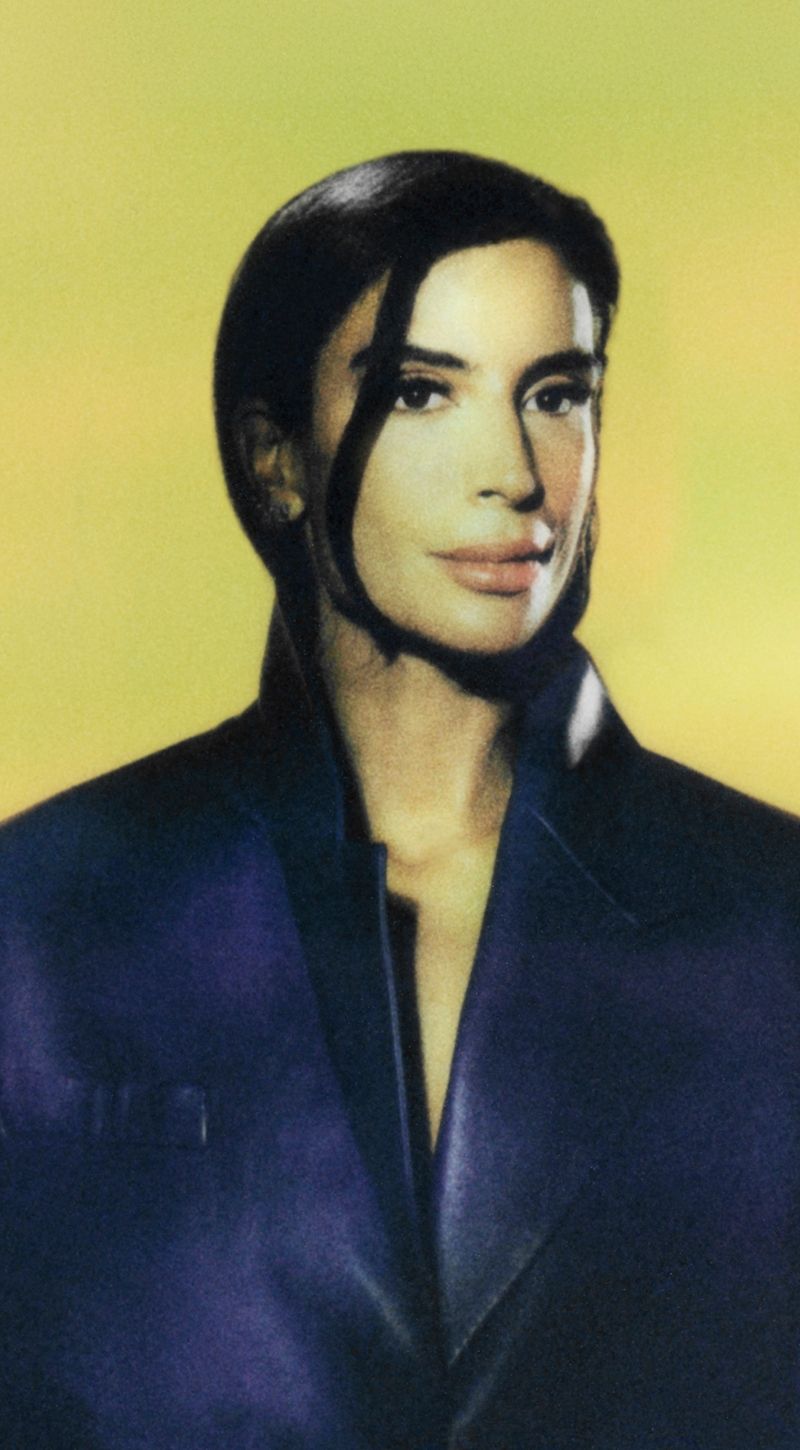
Ahead of her new album Heroina, Sevdaliza speaks with Tara Đukić about the contradictions of heritage, self-exploration, and the authenticity that is essential
Stars like Sevdaliza aren’t born every day. When I saw her perform Human almost a decade ago, I experienced that transcendental feeling that occurs so rarely in a lifetime it could be counted on one hand. It’s gonna be huge. Faces like hers emerge only in rare historical moments — as pioneers of individuality, artistically, visually, and musically avant-garde, destined to push both personal and collective boundaries. The body, which for centuries served as a cultural ideal and a mechanism of control, she had already begun to deconstruct: a female torso stood on hooves, hyperrealistically defying standards of female beauty, based on the idea of Danish sci-fi artist Esmay Wagemans. It was also her first response to the misogynistic and transphobic comments about her appearance and Iranian-Dutch background — a manifesto through which she established her own narrative of inclusivity, later expanded in the song Alibi, which, in collaboration with Pabllo Vittar, brought her global success in 2024: a spot on the Billboard Hot 100, 500 million Spotify streams, multiple appearances on Madonna’s Celebration tour, and duets with artists like Colombian Grammy winner Karol G.
When I call her, just after Milan Fashion Week wraps up, Sevdaliza is — as always — in motion. We both hope our conversation will survive the cancellation noise. “I think I’m actually bridging my own contradictions. My Iranian blood defines where I come from, but my Dutch upbringing also shaped me. From the Iranian side, I inherited dedication, persistence under pressure, and a deep poetic legacy and curiosity. From the Dutch side — professionalism, and the fact that as a woman I am free. I could strive toward the future and make my dreams come true, which many Iranian women and men cannot today. They are powerful people, but because of their circumstances, they can’t follow their ideals. So, I was shaped by the language of exile, but also the language of belonging.”
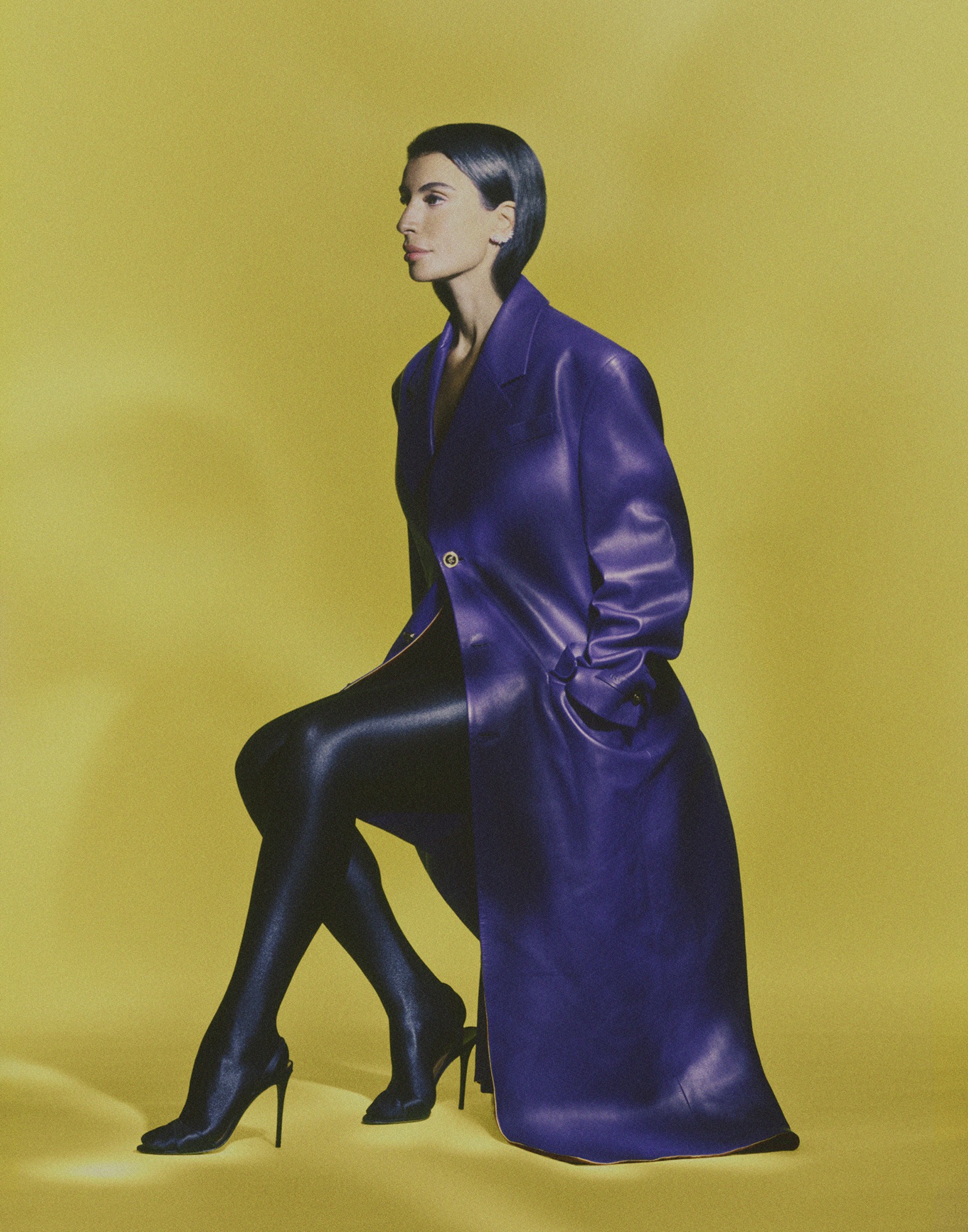
That visible duality between strength and vulnerability has been present since her debut album ISON, in her fluid genre blending trip-hop, grime, electronica, and at times traditional Persian sounds. Sevdaliza inhabits different female figures, but this transformative power shouldn’t be mistaken for indecision or a pretentious sense of mystery — she delivers the message of each of us, one by one. Her work often explores themes of female autonomy, identity, and spirituality. Her song Woman Life Freedom was dedicated to the protests in Iran, while Maria Magdalena celebrated our strengths and weaknesses throughout history.
Constantly using her body as an artistic canvas, for Sevdaliza it becomes a weapon against repression — emphasizing everything society fears: scars, aging, asymmetry. What she began with Human, she continued in Femmenoid and Homunculus on her second album, and she remains devoted to that rebellious obsession with the body in Heroina, announcing her third studio album, out October 31. That journey — from destruction to acceptance, and finally the celebration of one’s own authenticity — is never linear.
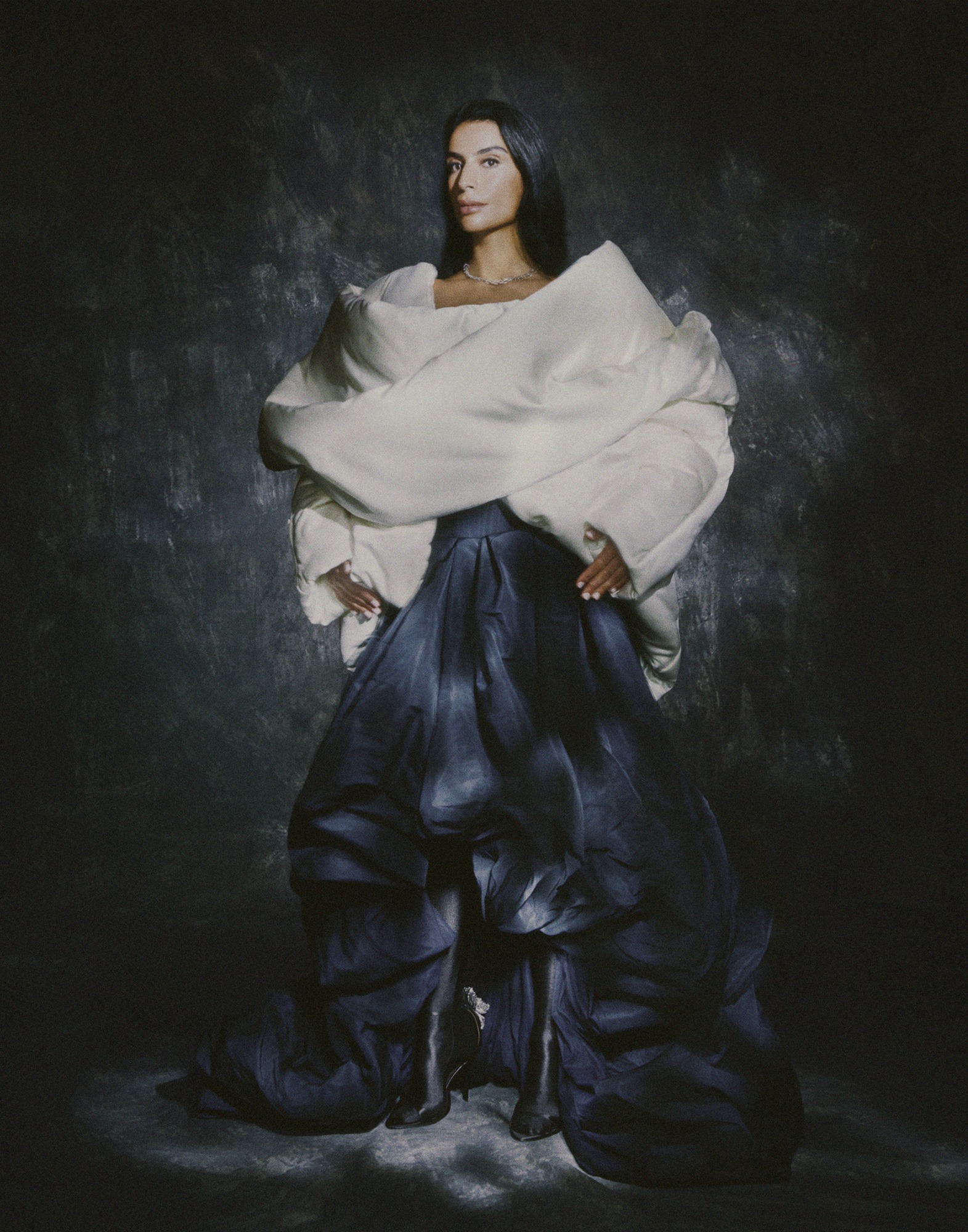
“My body has truly been my battlefield, my temple, my canvas. I’ve gone through phases of destruction, times when I wanted to nurture it, reclaim it, and then abandon it again. It’s a struggle I continuously face with my body. I dance on those edges — in some ways I’m really, really proud. And sometimes, mostly because of external factors, I don’t know how to deal with it,” she says, referring to the many chronic and hormonal issues women face that society fails to recognize. “That’s why it’s much harder for women to be artists, especially as they grow older. We run from one place to another, with little sleep and tight schedules. And yes, unfortunately, we still live in a patriarchal society. So one of my goals in life is to change something about that through my career.”
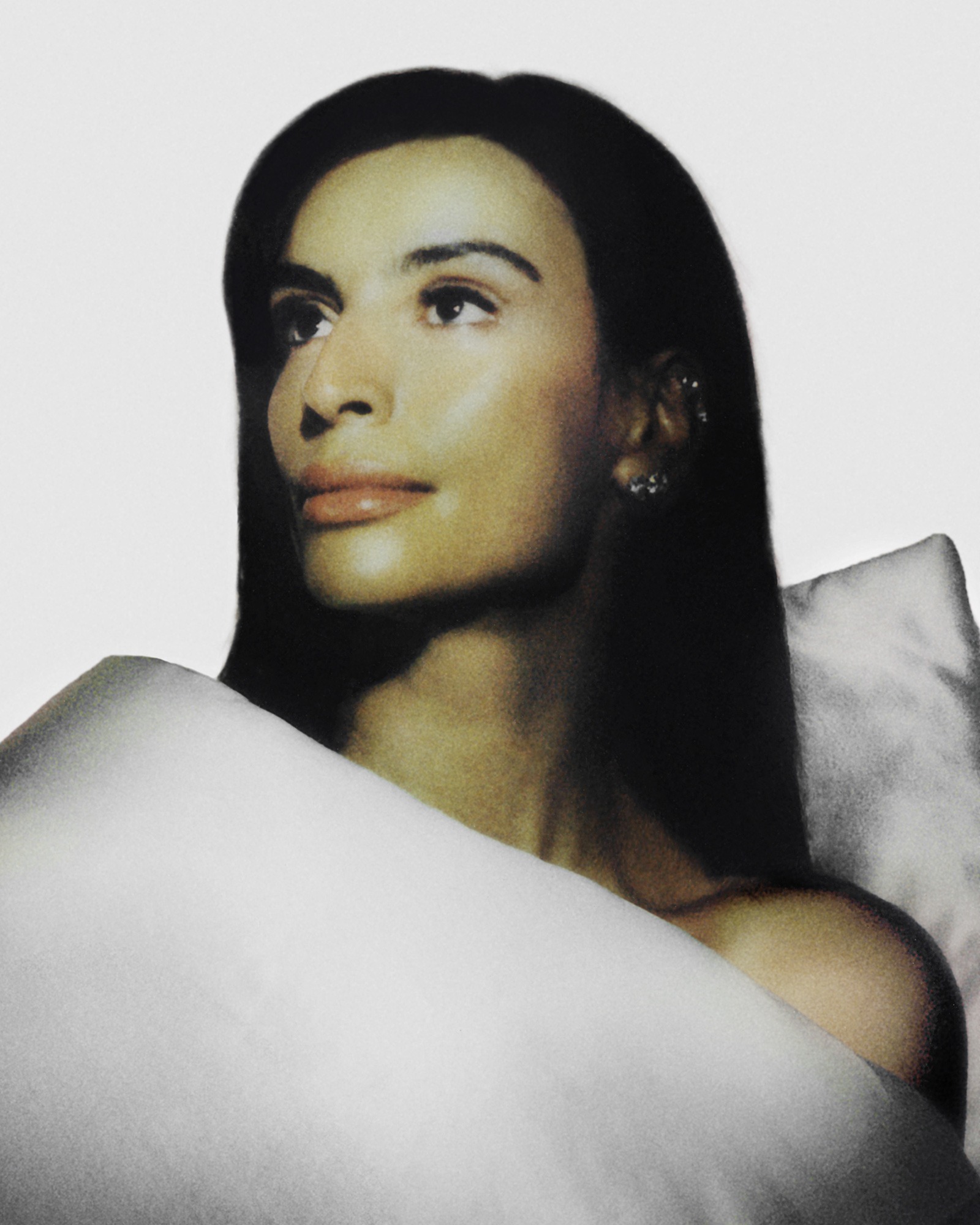
Historically, standards of female beauty have rarely existed independently of female suffering. For centuries, idealized physical appearance imposed strict demands that often involved discomfort, long and harmful rituals, and psychological pressure. Because of her unique and unconventional beauty — one that defies imposed proportions of femininity — Sevdaliza has faced misogyny since the age of six. The same kind we witnessed almost live when Imane Khelif competed at last year’s Olympic Games, and the same one every woman feels growing up under the imperative of perfection.
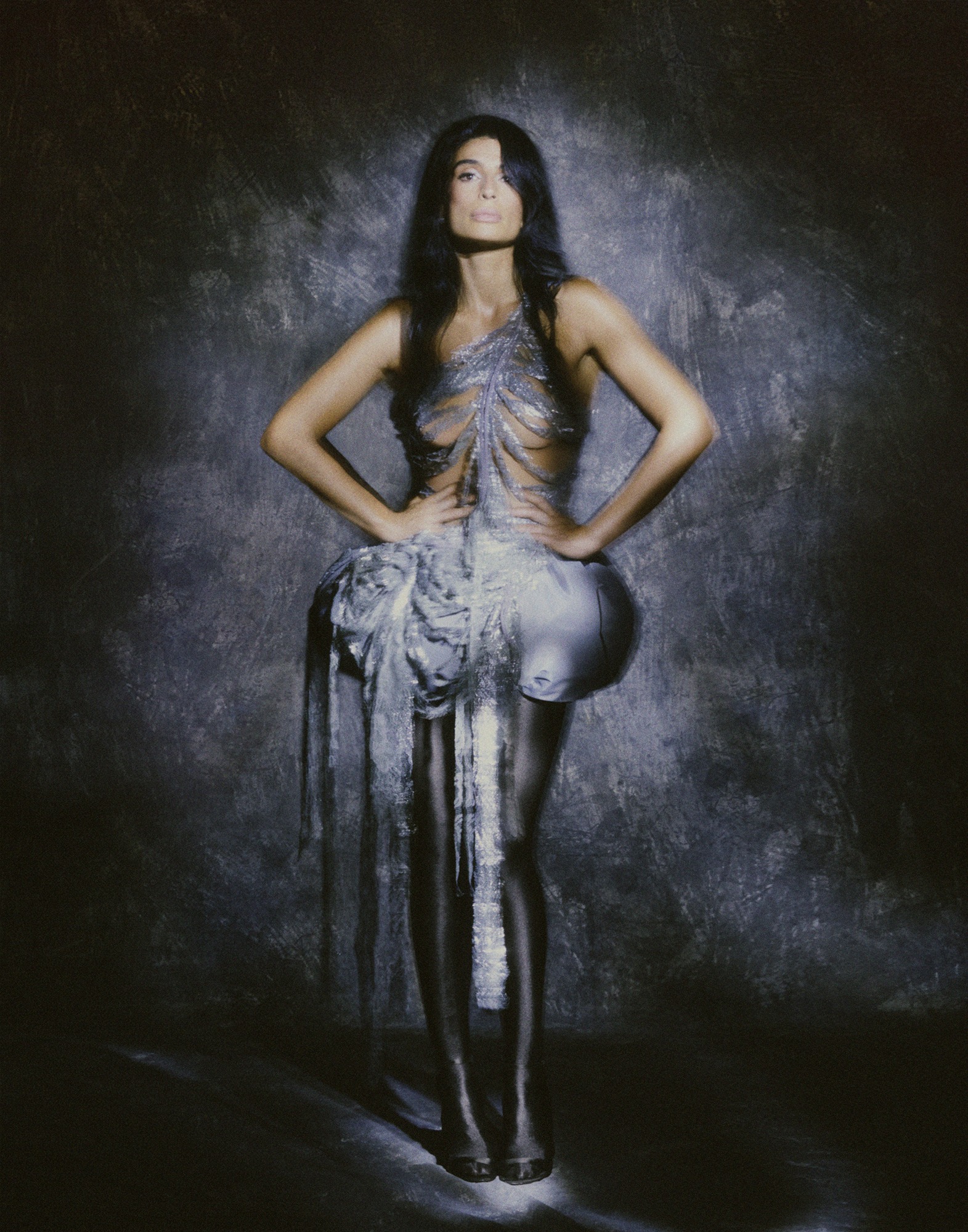
How does one stay true to oneself and draw a clear line between one’s own and others’ needs and values? “Honestly, I go through different phases. Sometimes I resist the idea of being perfect, and sometimes I just want to be perfect. I wear my scars like jewels and my years like armor. And I think authenticity is the only thing I can stand behind in both phases. So sometimes I feel the need to lose weight, to be perfect, to undergo plastic surgery — and I completely accept that. I’m not ashamed of it, because it’s my body, my life. And sometimes I couldn’t care less and feel perfect just as I am. So I think it’s more about authenticity — about a woman being free to do whatever she wants. Even if she’s not always a ‘good example’ for young girls, at least she’s true to her needs and desires.”
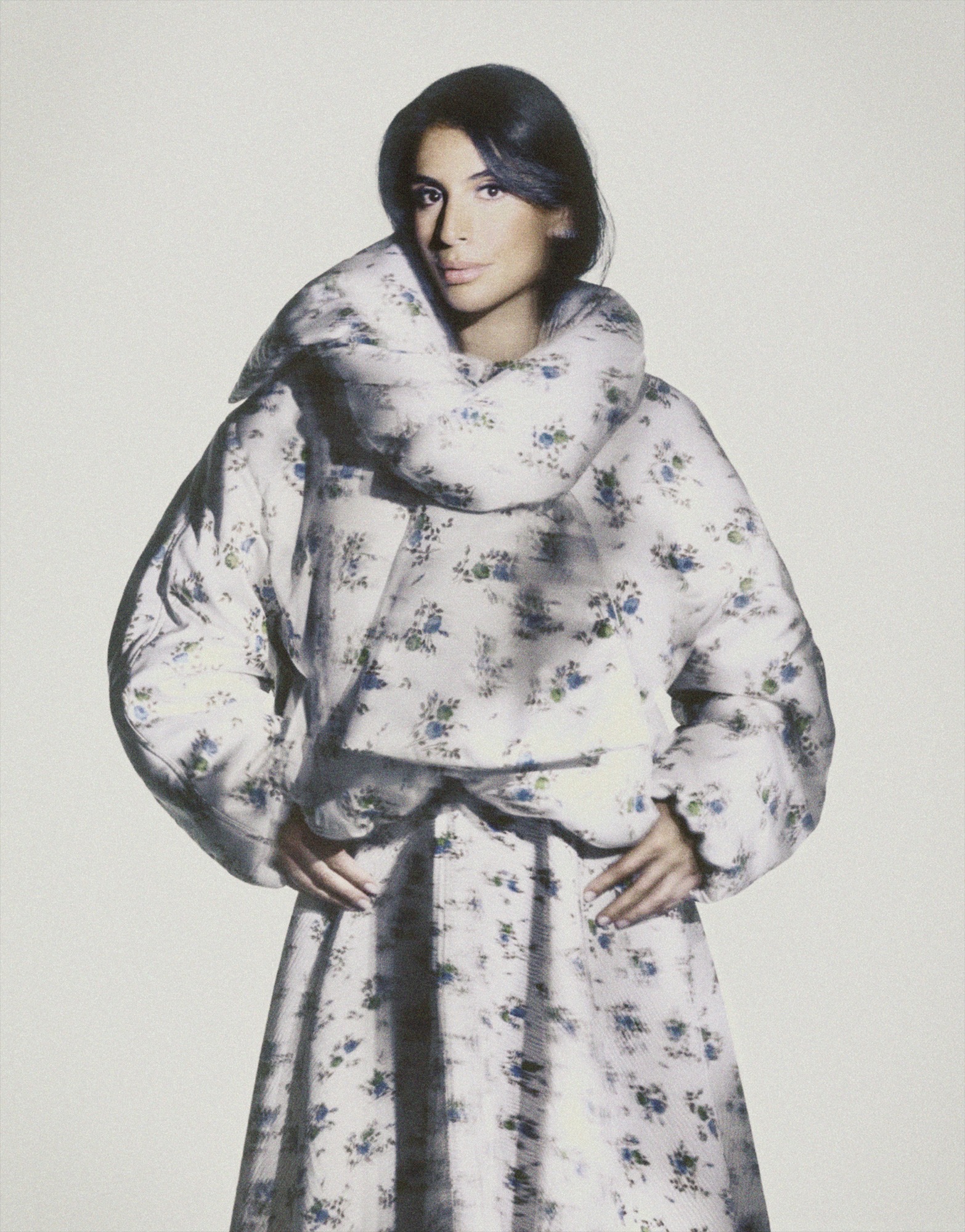
I had the chance to hear Heroina a month before its release, and it kept me awake late into the night. It begins as I expected — gathering viral hits like Messiah, No Me Cansare, and Maria Magdalena — before melting into a dreamy, intangible, escapist tone that dissolves every atom of the self. Between sorrow and light, fall and release, Angel speaks of encountering something greater, almost divine — a touch of infinite force and life beyond time, carrying within it an unexplainable pain that disintegrates. Sevdaliza remains stripped to her core.
“Heroina came to me like a river. As if I stepped into a boat, not knowing where I was going. I just got in, floated along, and suddenly started finding pieces in the water that became the structure of the album. So it begins as a search, then a foundation, then development. It carries strength, sorrow, and finally dissolves into transcendence through Angel. It’s truly a kind of transcendental experience — where time and place disappear, for me and for the listener. It might even awaken that feeling — what happens next? As for me, I often don’t know. My albums are always journeys of exploration — I never really know where they’re going.”
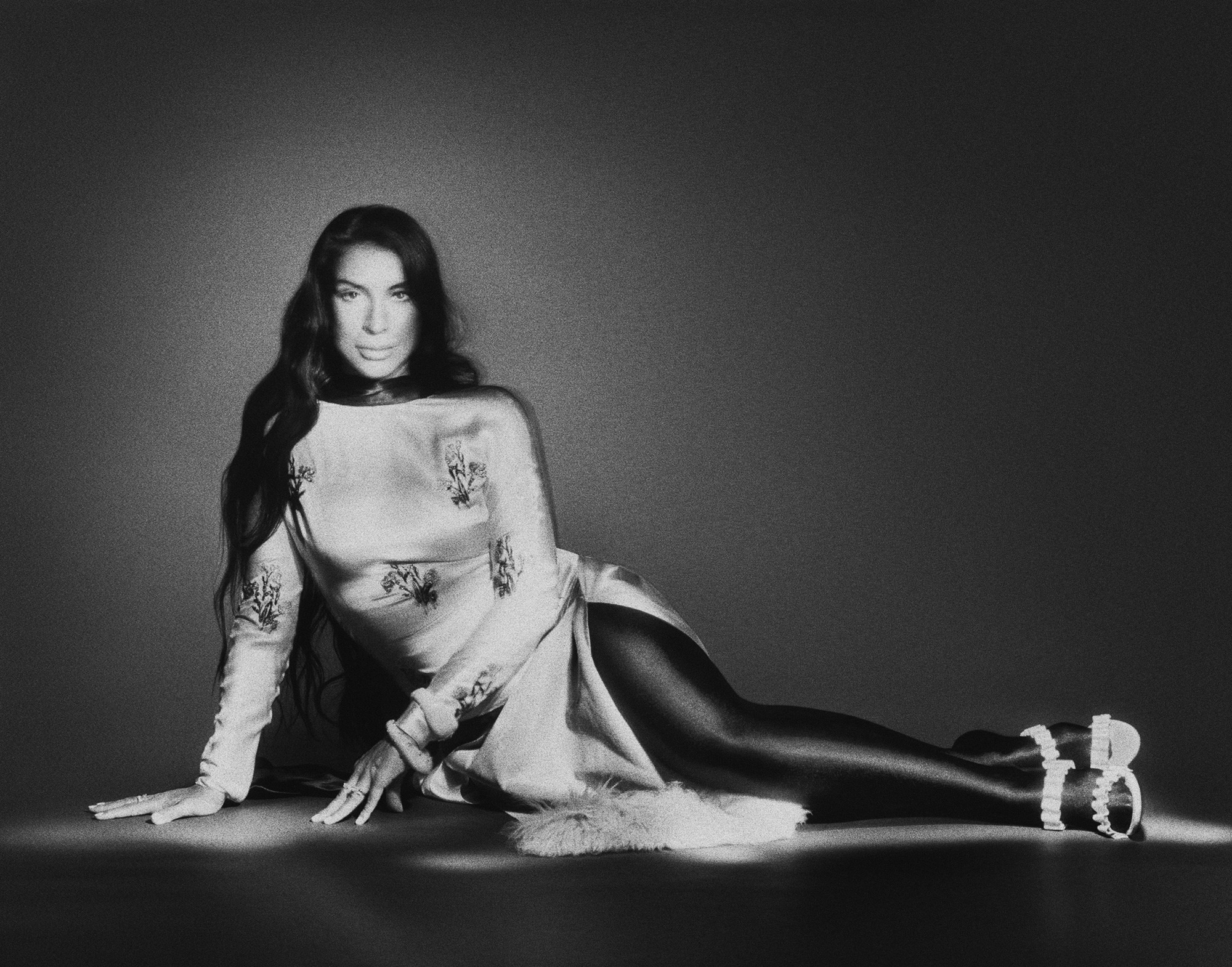
There’s also Stronger Because You Matter, a hymn to mothers — an archetype of femininity, motherhood, strength, tenderness, indestructibility — filled with symbols and personal references. “Both the song and the video are about my mother’s journey. She fled Iran with me to the Netherlands and built a foundation so I could be safe, because, of course, we escaped the war. My childhood was very difficult. At sixteen, I was separated from my parents and had to build my own life. But because of the solid foundation my mother gave me, and her strength, I later felt it was already embedded in my DNA.”
Because of that background, her art is darker, deeper, and more sensitive — which feels almost revolutionary in an age of social media superficiality, with which she has a complex relationship. She sees it, as she says, both as poison and opportunity, concerned with a new kind of individualism that uses anonymous projection to express opinions without responsibility. She first used artificial intelligence to experiment and create a new character (the robot Dahlia), but the way it has evolved now worries her.
“I’m deeply interested in technological progress and innovation, but I also question where it’s leading us, and what toll it takes on the world. For instance, the issue of energy consumption and the use of AI. I study these processes but no longer use them actively in my work.”
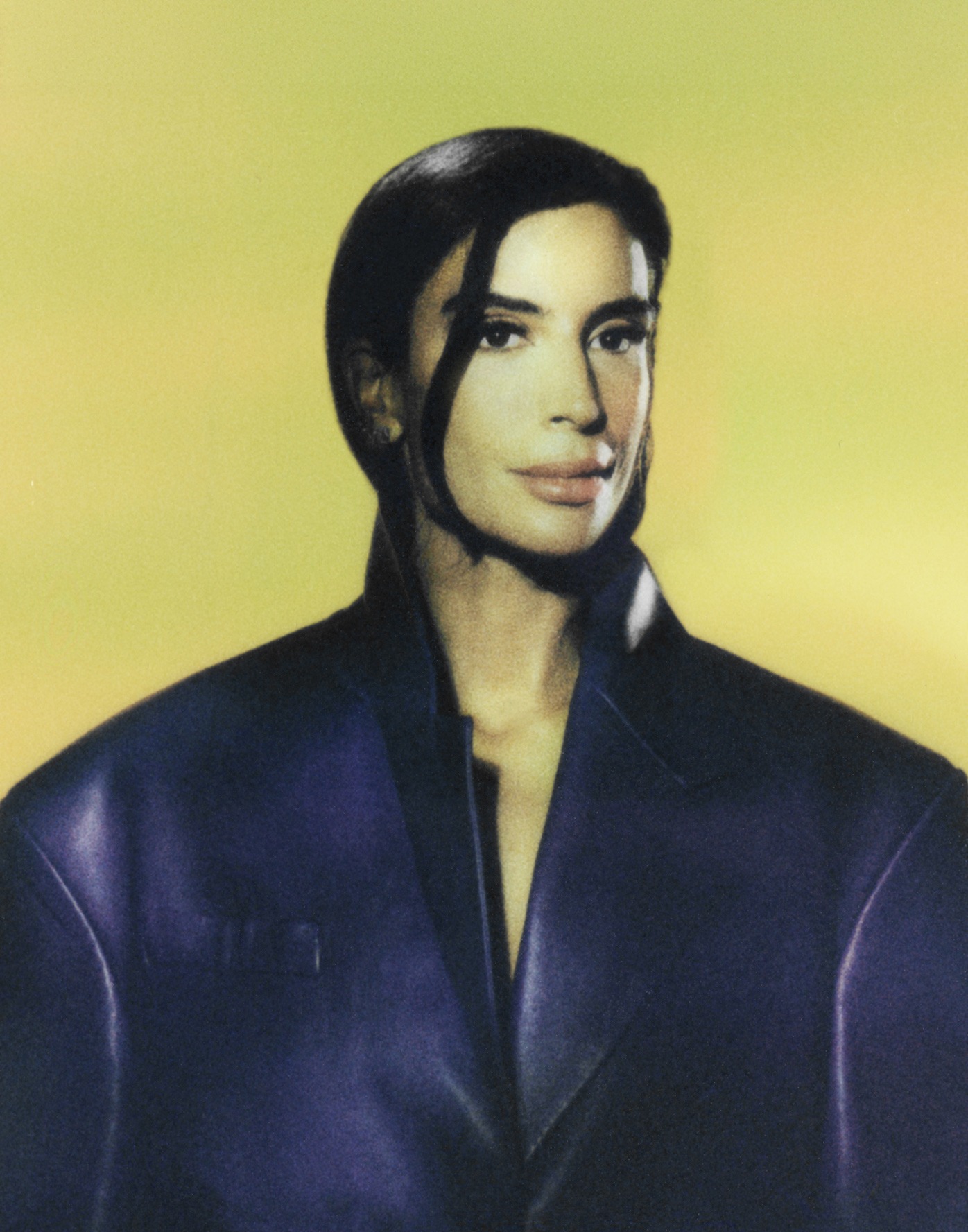
Her drive to create multidimensional artistic experiences seems innate. “I feel that the way I perceive and interpret things isn’t like others. Since childhood, I’ve felt drawn to finding depth in topics that don’t interest most people. I’ve always felt different in that sense. I don’t have a diagnosis, but I’m sure I have some form of neurodivergence that makes me more intellectually curious than average. That’s what I feel when I explore subjects or talk about certain ideas. So I think that search — the need to create depth in everything that fascinates me — combined with everyday experience, creates a kind of strange contradiction. I can find myself in something very mundane, like buying a house. And even in that experience, in filling out a mortgage application, I suddenly find some poetic dimension or symbolism that I then transform into a song or a video. I think I sometimes weave networks of meaning that others don’t see in ordinary situations. I can live a very ordinary life and still find the wildest interpretations.”
I tell her I’m convinced it’s an inherited gift from her parents, who were poets. I’ve always tried to explain that poetry isn’t just a talent for writing — it’s a way of seeing the world, a perspective no one else has. “That’s true, and it’s important to emphasize that my parents were oppressed poets, because they never really had the freedom to express themselves the way I can today. My father is a writer but never published his work. He wrote numerous books, just like my mother, who also wrote a lot but never published anything. So that sense is definitely genetic. Persian culture is deeply rooted in poetry and literature, and that’s reflected in my art.”
Finally, I ask her, when she looks back on her journey — from athlete to musician and global success — what has surprised her most about herself? She pauses. “I think what surprises me most is how far you can go when you break a big goal into small daily steps. If I think about all the little decisions and things I’ve done in the past fifteen years, I’d say they all added up to bring me where I am now. But that’s literally hundreds of thousands of small choices. What surprises me is that, as a human being, you can’t always see the bigger picture. But as long as you hold it in your mind and take small steps toward it every day, you’ll somehow get there. And sometimes, the human mind can’t even grasp that you’re already there. Like me — I don’t always understand where I am. Because I still take those small daily steps that shape my being. The big picture can seem unreachable and intimidating, but we need to remember — it’s all just the sum of small actions.”
Photography: Nicola Delorme
Fashion: Simone Rutigliano
